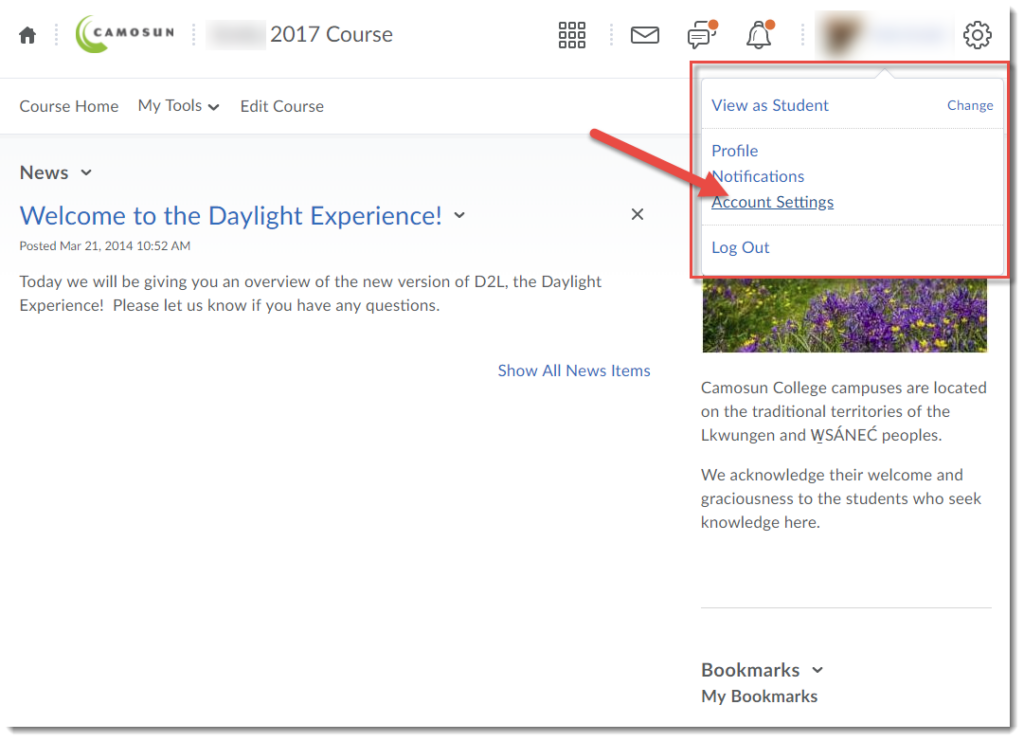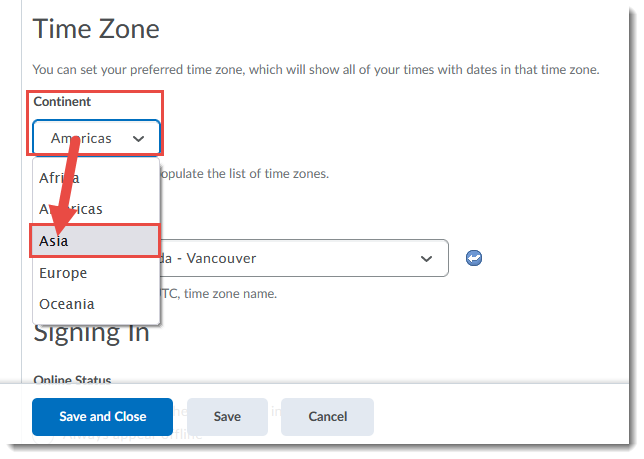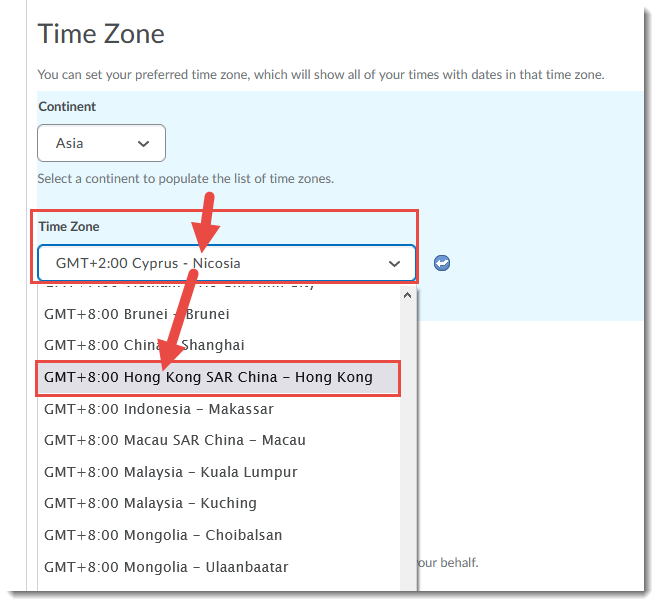Judith, a faculty member in the English Language Development Department, was in the middle of teaching when we all suddenly moved online in March 2020. Because she had been concentrating on non-teaching work for the previous six years, she had not yet integrated much D2L into her teaching, “When I had to go completely online all of a sudden, there was a huge gap in my knowledge and for those five or six weeks I was in survival mode.” Like many other faculty, she simply tried to do what she could to get students through the end of that Winter 2020 term.
In May/June, Judith was able to take a bit of a breath, take workshops on teaching online, and learn what she could to prepare for the Fall term. “I was still in a bit of survival mode in the fall. I taught synchronously, and I was probably online with students for at least two hours of each 2½ hour class, while still being available online for that last half hour.” As Judith became more comfortable with the basics, she slowly added more tools into her teaching, and while building her toolkit, Judith discovered she liked the options some of the tools offered to her students. For example, she began to use the audio recording feature in the D2L Assignments tool. “Students were able to record their opinion or read a passage for pronunciation. They even could use their phones and upload the recordings. Some students didn’t blink an eye learning how to do this, while other students had a harder time, but being able to record directly on D2L helped. Then I was able to provide recorded feedback as well, which I think the students liked.” That fall term, however, was tough. “In the fall, I was overwhelmed with so much work that again I just dealt with what I could, slowly adding more over the term. I also found the marking very time-consuming,” a frustration I have heard over and over from faculty moving from hand-marking to digital marking. While Judith says she eventually “got used to the online marking tools, I still find them kind of frustrating and awkward.”
These were some of the many challenges Judith faced when moving everything online, but I asked what her biggest challenge was. “I would say organizing materials – getting rid of extraneous things and getting a better handle on what I had on D2L – was my biggest problem.” In addition, Judith was teaching one course she hadn’t taught for many years, and another that she hadn’t taught before at all. “Not only had I not used D2L much before, but I’d also not recently taught ELD 072 or 075. Even if we’d been in the classroom, I would have had to spend quite a bit of time preparing to teach.” While organization was a challenge for Judith, she also says it was also a reward in the end. “I think I became more organized than normal because I was forced to. Every evening on D2L I made sure to tell students what we were going to do the next day, rather than being as spontaneous as I might have in the classroom. I think in some ways that made me a better and certainly more organized teacher.”
When I asked about other rewards, Judith told me she “was amazed at the students – I was amazed that I had almost no attrition. With very rare exceptions, students were there and ready to go, answering questions and participating, which makes me realize that even though I worked very hard over the past eight months, it meant something…it had a real impact. I’m sure there’s lots I could have done better, and I’m sure it was hard for the students, but they came along for the ride regardless.”
Judith will take some lessons with her from the past year. “There’s the obvious takeaways of learning what one can do online, how we can make it work for the students. But the biggest takeaway is realizing what we can do when we need to, and that people don’t give up, they just keep going.” Judith does, however, miss seeing her students face to face, and was delighted when she met a student she had never seen in person while on a walk one day. “Online, you still get to know people – to like them or sometimes to have difficulties that need to be worked out. You can still have great conversations, but it isn’t the same. It’s sad that we couldn’t be together in person.”
Moving forward, Judith is happy to have the organizational piece in place and to have the all course content available in one place for students. Even after the pandemic, “I may even still meet students online, for example if somebody can’t come to my office hour. And I think I will continue to use the recording in D2L option for the courses that have pronunciation and speaking.”
Judith has some final words of advice for any new colleagues who may be teaching online for the first time. “Don’t bite off more than you can chew, and don’t worry about doing everything from day one. Decide what your priorities are, figure out how to do those things, and make do with what you can do. With regards to the past year, Judith reflects, “it’s been hard, but what a great push we’ve all had, because we often don’t do things until we have to, or have the time. But it didn’t matter if you had time or not. You had to do it. We have all done so much learning and that’s fantastic.”





